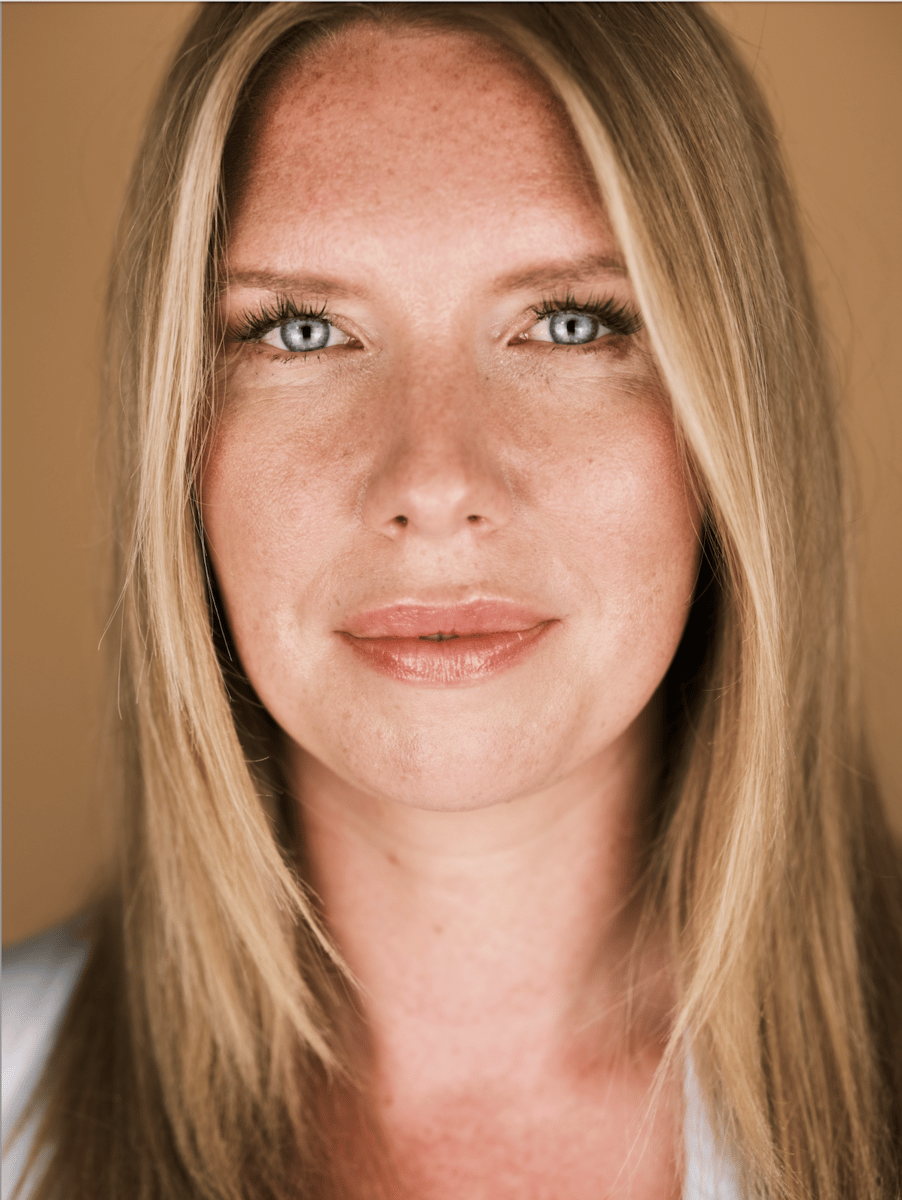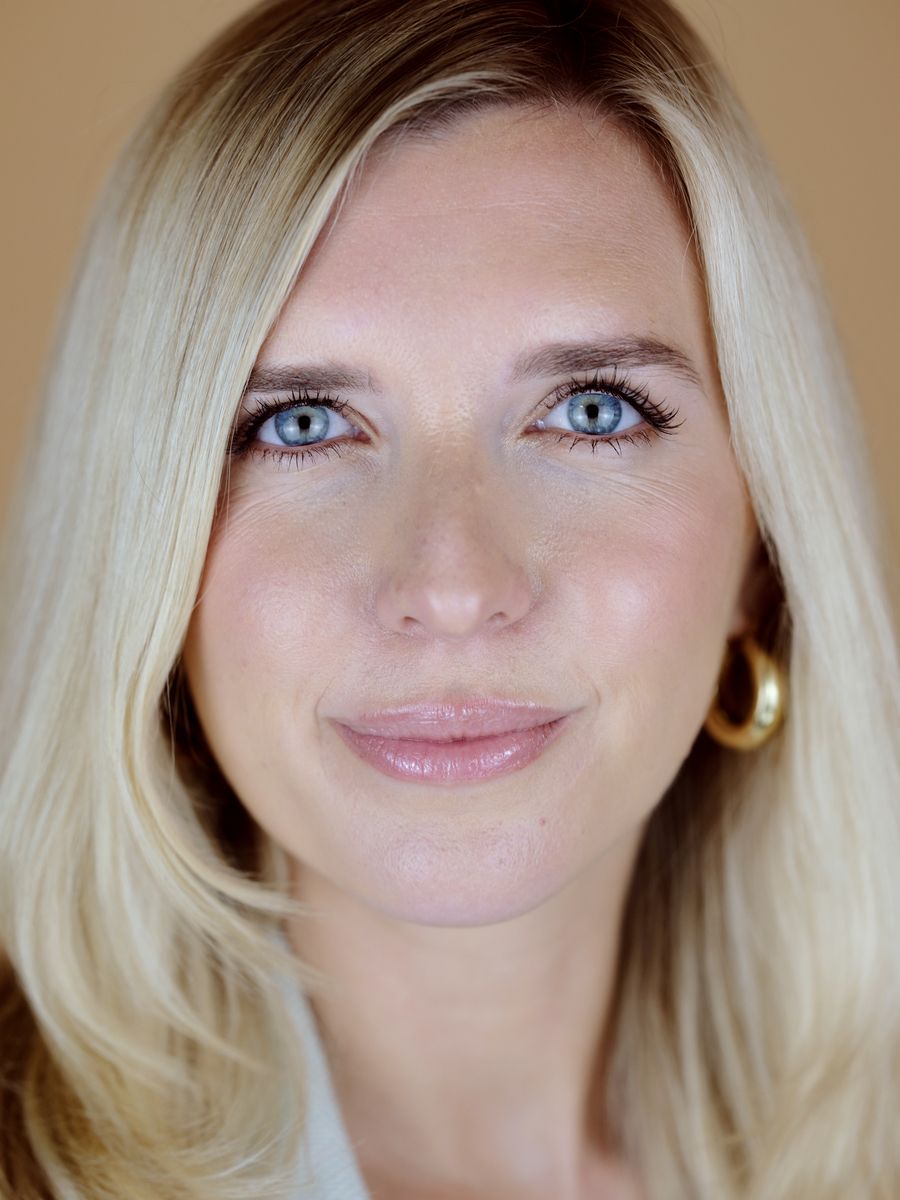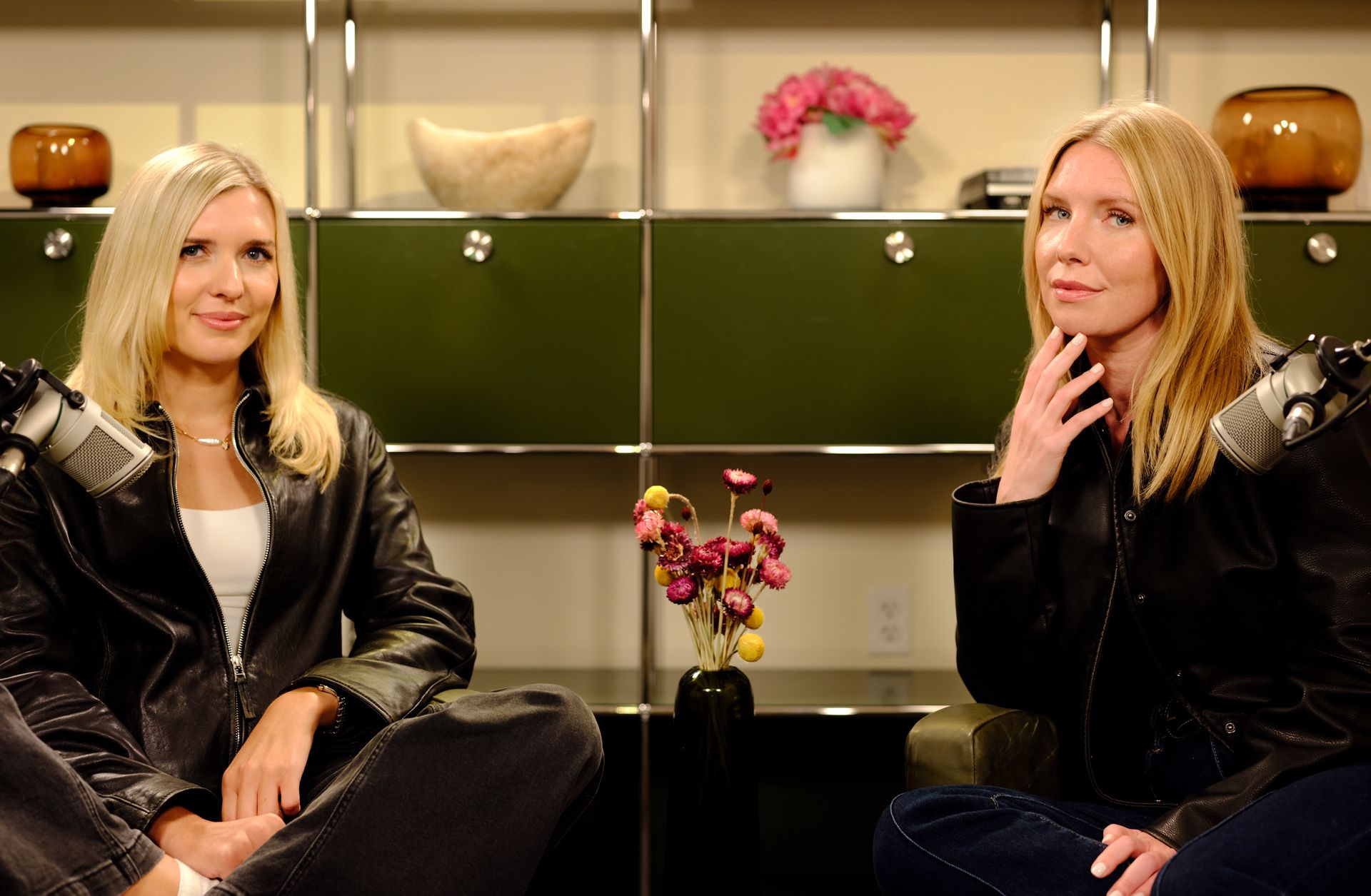We’re so excited to tell you about Scalable, our new media company that includes this newsletter, a podcast, research, in-person events and so much more.
For those of you who don’t know us, we are longtime chroniclers of the creator economy—who also happen to be friends! After many years of covering the industry from the sidelines—Kaya as a journalist and Jasmine as an analyst—we are finally stepping into the industry ourselves, this time as creators.
We’re launching Scalable at a pivotal moment for the creator economy. It has been legitimized and now touches every industry from advertising, sports and entertainment to news and politics. But marketers, founders, investors and other professionals still lack a playbook for how to operate and effectively scale their businesses or creator strategies.
Our goal is to be a bridge between creators and companies, delivering sharp, digestible news and analysis to help you cut through the noise and make better business decisions.
Here’s how we got here.
Ten years ago when we were beginning our careers, the term “creator economy” was barely a thing. Social networks (mainly Facebook and Twitter) accounted for just 1.7% of US ad spending, according to data from EMARKETER. This year, roughly 1 in 4 ad dollars in the US will be spent on social platforms.
Creators now have huge influence over how we spend our time and money, including what we watch, how we shop and who we turn to for news and information. YouTube, not Hulu or HBO Max, is emerging as Netflix’s biggest rival. Nearly every brand has a creator strategy and influencer marketing spending continues to rise by double-digits annually. Creators have migrated from our phones to TVs and retail stores, with some building businesses that rival those of traditional companies.
But over the past five years, the industry has also gone through many ups and downs.
The pandemic supercharged the creator economy as people were cooped up at home, dependent on their phones to stay connected and entertained. Digital media usage hit record highs, and social platforms were among the biggest beneficiaries. With production studios closed and ad budgets slashed, brands were also forced to pivot their strategies. Creators stepped in to fill the content void.
At the same time, TikTok, then an upstart, started gaining major steam, ushering in a new generation of creators who didn’t need expensive production equipment or a pre-existing following to go viral and find success. That forced big tech companies like Meta and YouTube to adjust their own strategies to remain competitive.
Founders also saw an opportunity, slapping the word “creator” on pitch decks to garner investments from venture capitalists who were more than happy to open their wallets. US startups focused on everything from banking services to live shopping and link-in-bio landing pages collectively raised more than $5 billion in 2021 alone, according to data from The Information. But many of those startups ultimately couldn’t generate enough revenue or customers—or withstand the economic downturn that followed. Funding dried up and hasn’t returned to the same levels since.
Flash forward to today, new challenges like the rise of AI (Hi Sora 2!), a shaky economy and platform volatility (Hi TikTok US!) are threatening to upend the industry. Creator startups are also facing yet another reality check: Just last week, Spotter, a six-year-old company best known for providing YouTubers with upfront financing, laid off more staff and changed its strategy again, referencing competition from big tech’s AI tools.
Here’s where we’re headed.
Despite the turmoil, we believe the creator economy as a whole is stronger than ever.
Social platforms remain the most powerful companies in the creator economy, commanding over $100 billion in US ad revenue in 2025, per EMARKETER. Creators are also now converging with traditional news and media properties, from NBCUniversal to Vox Media and The Washington Post, to produce new streaming shows, launch podcasts and write columns.
These hybrid business models or approaches may very well be the next era of the creator economy, offering these institutions a rare chance for reinvention and creators more reach, respect and revenue potential.
Other digital platforms see the opportunity in convergence, too. Earlier this month, Netflix announced that it would begin distributing video podcasts from top Spotify creators. That follows several high-profile deals with YouTubers, including Mark Rober and Ms. Rachel.
We are also taking a hybrid approach to building Scalable. We’ve partnered with The Lighthouse through a 50-50 joint venture, which gives us the critical infrastructure we need to bring our vision to life, while allowing us to maintain full editorial control. The Lighthouse is providing us with everything from capital to branding support, help with business operations and access to production facilities at its physical locations. Our first podcast episode was filmed at the Lighthouse location in Venice, Calif.!
If you want to hear more about why we opted for this approach (and how we came up with the name!), watch the first episode of our podcast below or listen on Spotify here.
And if you haven’t subscribed to Scalable yet, you can do so here. It’s free and new editions will arrive in your inbox every Tuesday and Thursday.



